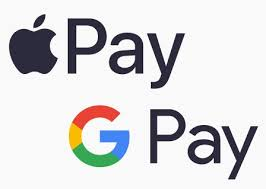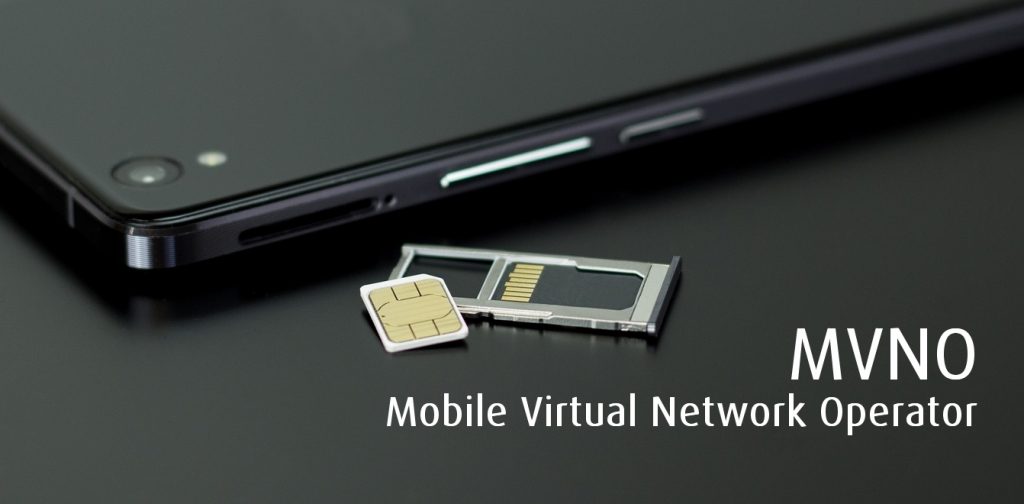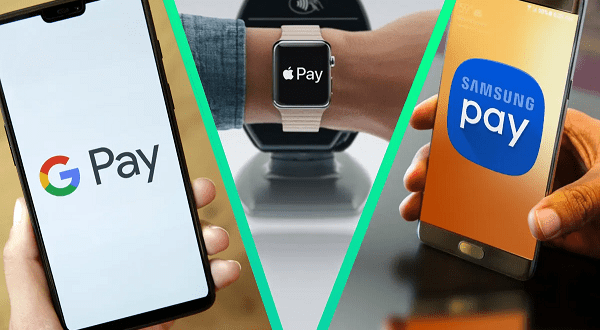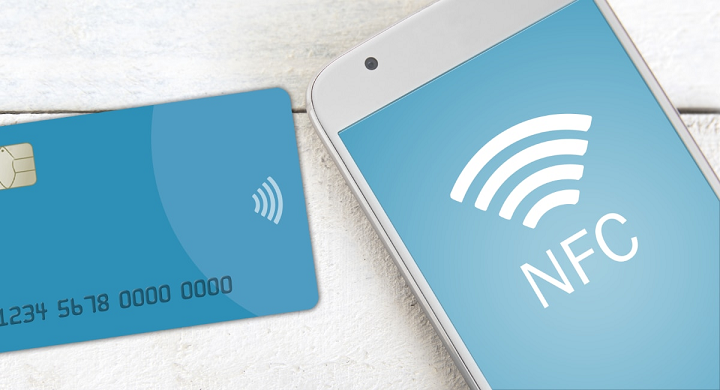Impact of Apple & Google’s Regulations on Tap-to-Pay
Introduction
In today’s rapidly evolving digital landscape, mobile payment solutions have become an integral part of our daily lives. Apple and Google, two of the world’s tech giants, have set stringent regulations on tap-to-pay systems, creating both opportunities and challenges for the industry. While these regulations aim to enhance security and user experience, they can also potentially stifle innovation and competition. This article explores the impact of Apple and Google’s regulations on tap-to-pay innovation and competition, shedding light on both sides of the coin.
1. The Rise of Mobile Payments
Mobile payment solutions often referred to as “tap-to-pay” systems, have revolutionized the way we make transactions. These systems use near-field communication (NFC) technology to enable users to make payments by simply tapping their smartphones or smartwatches at point-of-sale terminals. This convenience has made mobile payments increasingly popular, with consumers and businesses embracing the technology.
2. Apple and Google in the Mobile Payment Space
Apple and Google have played pivotal roles in shaping the mobile payment landscape. Apple Pay and Google Pay, the respective mobile payment services of these tech giants, have gained widespread adoption among users and businesses. These services leverage the security of bio-metric authentication, such as fingerprint or face recognition, and tokenization to ensure the safety of user data.
3. Regulations and Security
Apple and Google’s regulations on tap-to-pay systems are primarily driven by concerns related to security and user protection. These regulations encompass various aspects, including:
- Device Requirements: Both Apple and Google mandate specific hardware and software requirements for devices that support tap-to-pay functionality. These requirements ensure that devices meet certain security standards and can effectively protect user data.
- Secure Element Access: Both companies have implemented secure elements within their devices. These secure elements store sensitive payment information, making it harder for malicious actors to access this data.
- Tokenization: Tokenization is a crucial security measure used by both Apple and Google. It replaces sensitive payment information with unique tokens, reducing the risk of data breaches.
- Bio-metric Authentication: Both companies require bio-metric authentication, such as fingerprint or face recognition, to authorize payments. This adds an extra layer of security.The stringent regulations set authorize payments. This adds an extra layer of security.

4. Impact on Security
The stringent regulations set by Apple and Google have undeniably improved the security of tap-to-pay systems. By enforcing hardware and software standards, requiring secure elements, and implementing tokenization, these tech giants have made it significantly harder for cyber criminals to exploit vulnerabilities in the payment process. Additionally, bio-metric authentication adds an extra layer of protection, making it more difficult for unauthorized users to make transactions.
However, it’s important to note that this enhanced security comes at a cost. The strict hardware and software requirements can limit the types of devices that can support tap-to-pay functionality. This exclusion may result in some users being unable to access the benefits of mobile payments, particularly those who cannot afford the latest smartphones or devices. This creates a potential digital divide in access to secure and convenient payment methods. 
5. Impact on Innovation
While the security benefits of Apple and Google’s regulations are evident, there are concerns about their impact on innovation and competition within the mobile payment space. Here are some key factors to consider:
- Closed Ecosystems: Apple and Google maintain a closed ecosystem which means that their mobile payment solutions are tightly integrated with their respective operating systems (iOS and Android). This integration can limit the ability of third-party developers to innovate and create alternative tap-to-pay solutions.
- High Transaction Fees: Both Apple and Google charge transaction fees to businesses that accept payments through their platforms. While this is a source of revenue for the tech giants, it can be burdensome for smaller businesses, potentially discouraging them from adopting mobile payments.
- Limited Customization: Developers may have limited flexibility in customizing the user experience within Apple Pay and Google Pay. This can hinder creativity and innovation in designing unique tap-to-pay experiences.
6. The Role of Third-Party Solutions
Third-party mobile payment solutions, such as Samsung Pay and various banking apps, offer alternatives to Apple and Google’s offerings. These solutions can provide more flexibility and options for users and businesses. However, they may struggle to gain widespread adoption due to the dominance of Apple and Google in the mobile device market.

7. Competition Concerns
One of the most significant concerns related to Apple and Google’s regulations on tap-to-pay is the potential for anti competitive behavior. Their control over the mobile device ecosystem and the tight integration of their payment services can give them a competitive advantage over other players in the market.
- Exclusivity: Apple and Google can leverage their control over app stores and device ecosystems to promote their payment solutions over others. This could stifle competition by limiting the visibility and accessibility of alternative tap-to-pay options.
- Transaction Fees: The transaction fees charged by Apple and Google can put smaller businesses at a disadvantage, potentially limiting their ability to compete effectively.
- Market Dominance: The sheer size and market dominance of Apple and Google can deter new entrants from attempting to compete in the mobile payment space, further consolidating their control.
8. The Regulatory Response
Regulators around the world have started to take notice of the potential anti competitive behavior in the mobile payment industry. In some regions, regulatory bodies have initiated investigations into the practices of tech giants like Apple and Google. These investigations aim to ensure a level playing field for all participants in the market and protect consumers from anti competitive behavior.
9. Balancing Security and Innovation
Balancing security and innovation in the tap-to-pay industry is undoubtedly a challenging task. Apple and Google’s stringent regulations have undeniably improved the security of mobile payments, which is crucial in an era of increasing cyber threats. However, these regulations also raise questions about fair competition and access to the benefits of mobile payments.
To strike the right balance, stakeholders in the mobile payment industry must work together to:
- Promote Interoperability: Encouraging interoperability between different tap-to-pay systems can give users more choices while maintaining security standards. This can be achieved through industry standards and cooperation.
- Regulate Transaction Fees: Regulators can consider imposing limits on transaction fees charged by mobile payment providers, ensuring that they do not unfairly burden businesses.
- Encourage Innovation: Creating an environment that fosters innovation by third-party developers can lead to the development of new and creative tap-to-pay solutions that enhance user experience.
Conclusion
Apple and Google’s regulations on tap-to-pay systems have undoubtedly improved the security of mobile payments, providing users with a safer way to make transactions. However, these regulations also pose challenges related to innovation and competition. The dominance of these tech giants in the mobile device market and their control over closed ecosystems raise concerns about anticompetitive behaviour.
To address these concerns, it is essential for regulators, industry stakeholders, and tech giants to work together to strike a balance between security and innovation. Promoting interoperability, regulating transaction fees, and encouraging third-party innovation can help ensure that the tap-to-pay industry continues to evolve while safeguarding the interests of both consumers and businesses.
By Abdul W Moghul
 MVNO MVNE MNO Mobile & Telecoms industry intelligence Telecoms Jobs, News and Business
MVNO MVNE MNO Mobile & Telecoms industry intelligence Telecoms Jobs, News and Business







